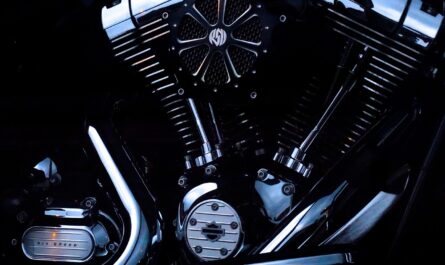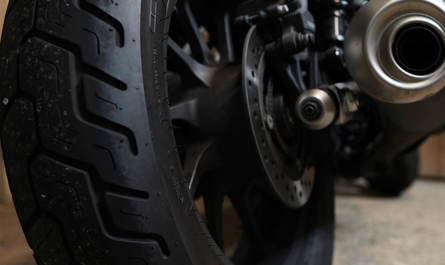The four-stroke engine is used in all current mass-produced automobiles and most motorcycles. They’re called four-strokes because it takes four separate strokes of the piston (two revolutions of the crankshaft) to complete the intake, compression, exhaust and power cycle.
One piston stroke is the piston movement from top to the bottom cylinder or from bottom to the top cylinder.
- TDC (Top Dead Center) – when piston is closest to the cylinder head
- BDC (Bottom Dead Center) – when the piston is farthest from the head as possible.
Putting it altogether on a running engine.
- Intake stroke – piston heads to BDC, intake valves opens and fuel/air mix flows in the cylinder. The downward movement of the piston creates a vacuum inside the cylinder which lowers the pressure this allows the flow of the fuel/air mixture.
- Compression stroke – piston rises to TDC, compressing the fuel/air mixture. The intake and exhaust ports are closed
- Power stroke – spark plug fires the compressed mix and pushes the piston to BDC. When the mixture it burned it expands, the expansion creates a high pressure inside the cylinder pushing the piston downwards
- Exhaust stroke – while inertia carries the piston back to TDC, the exhaust valves open and the burned gases are expelled.
How do we keep the engine running between strokes?
If we relied solely in the inertia provided by the piston and crankshaft assembly, the rotary motion of the crankshaft would proceed in fits and start. It would be very difficult to keep the engine running, particularly at low speed.
To make the magic happen, we need to store the energy in a flywheel as part of the crankshaft. Its purpose is to store energy between power strokes.
- essentially it uses the stored energy to keep the engine from turning over smoothly and prevent it from stalling.
- the lighter the flywheel the less energy it stores
- bikes with light flywheel tend to stall more often
- engine with light flywheel respond to change in engine rpm a lot quicker
- rule of thumb, high rpm engines like those found in sportsbike and race bike, will have light flywheel
- touring bikes and cruisers, and single cylinder engines will have heaver flywheels
Wrapping up, hopefully this should give fundamental knowledge on how four-stroke engine works. Next we will learn the parts that make it all happen, the two major system the bottom end and top end.



One thought on “Engine Design & Basic Theory Part 2 (Four-Stroke Engines)”